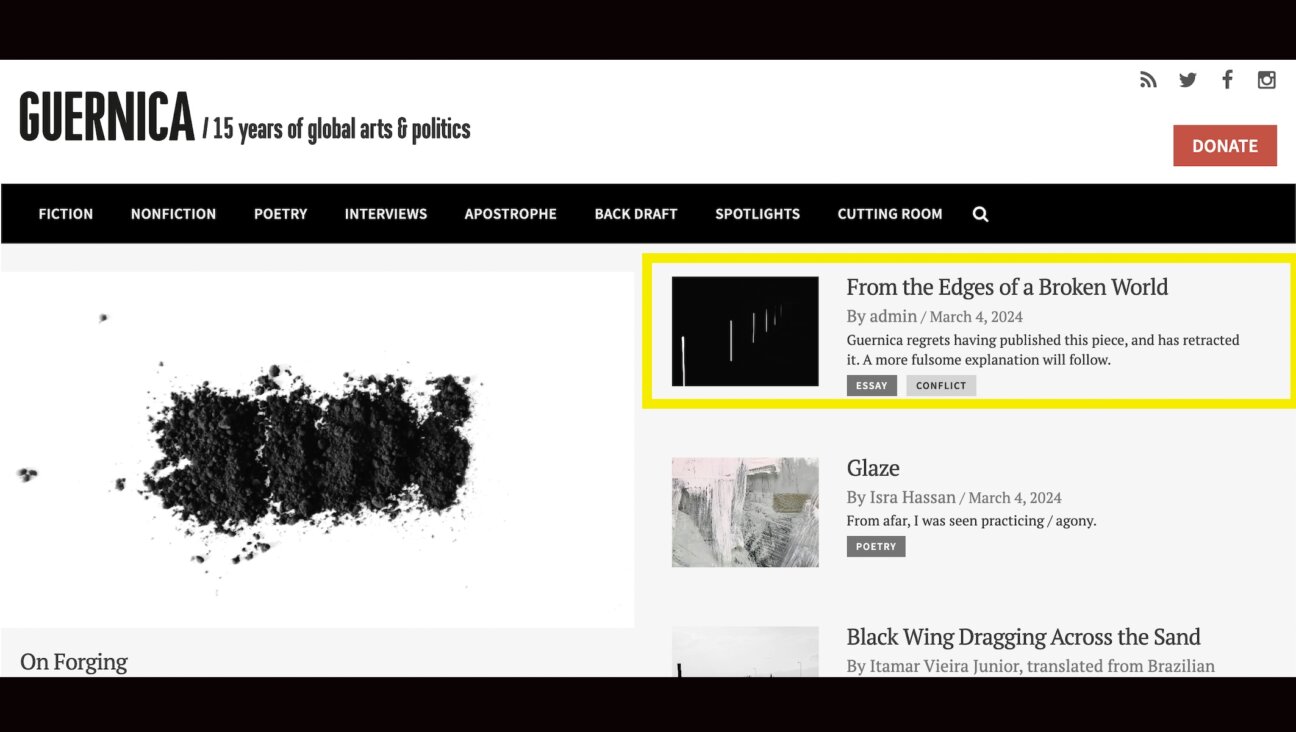Homemade Date Honey — A Sweet, Sticky Take on One of the 7 Species

Image by istockphoto
Dates, one of the seven species traditionally eaten on Tu B’Shvat, are represented in Deuteronomy (8:7-8) by their honey, called devash in Hebrew.
Authentic biblical honey is as dark and thick as molasses, but it has its own rich flavor and isn’t quite as sweet as regular honey. You can buy it already prepared as silan (see sources below), but if you want the real thing, free of any possible additives, just follow this simple recipe to make your own.
Related
The Disappearance and Return of the Date Palm
Almonds (and a Marzipan Recipe) for Tu B’Shvat
Wheat, Whiskey and Women
For a quick way to incorporate biblical honey into a spectacular and simple dessert, top scoops of pistachio ice cream with a little date honey. Embellish with a dusting of finely chopped or powdered almonds and walnuts, and serve.
Date Honey
Use date honey as you would any thick, liquid sweetener such as honey or molasses in desserts, cookies, cakes, breads and rolls. Add to everything from yogurt, smoothies and granola to glazed chicken and winter squash. For a delicious snack that will provide quick energy, mix with peanut butter or tahini and spread on thin whole-wheat crackers.
2 cups pitted Medjool dates (they’re larger, sweeter and juicier than other varieties)
3 cups water
Cheesecloth for straining
1) Chop dates into small pieces, cover with cold water, place in a wide-mouth pot, cover and bring to a boil. Uncover pot, reduce heat to medium-low and simmer until mixture is thick, stirring occasionally to keep it from sticking to the bottom of the pot. While dates are cooking, bruise them with the back of a wooden spoon to help break them down.
2) Pour through 2 layers of dampened, fine-mesh cheesecloth. Squeeze the cheesecloth bag well to retrieve as much juice as possible from the cooked date mixture. Return this liquid to the rinsed-out cooking pot. Simmer the juice, reducing it by half or until it has thickened to the consistency of honey (or a little thicker), stirring occasionally. This process should take about 15 minutes. (Keep a close eye on the simmering juice to make sure it doesn’t overcook past the syrup stage to become hard and bitter. You should wind up with about a ¾ cup of authentic biblical honey, devash.
Source information: Silan (also called date syrup or date honey) is available at makoletonline.com. Medjool dates are available at zabars.com.
Jo Ann Gardner is the author of “Seeds of Transcendence: Understanding the Hebrew Bible Through Plants” (Decalogue Books, 2014). Her website is joanngardnerbooks.com

I hope you appreciated this article. Before you go, I’d like to ask you to please support the Forward’s award-winning journalism this Passover.
In this age of misinformation, our work is needed like never before. We report on the news that matters most to American Jews, driven by truth, not ideology.
At a time when newsrooms are closing or cutting back, the Forward has removed its paywall. That means for the first time in our 126-year history, Forward journalism is free to everyone, everywhere. With an ongoing war, rising antisemitism, and a flood of disinformation that may affect the upcoming election, we believe that free and open access to Jewish journalism is imperative.
Readers like you make it all possible. Right now, we’re in the middle of our Passover Pledge Drive and we need 500 people to step up and make a gift to sustain our trustworthy, independent journalism.
Make a gift of any size and become a Forward member today. You’ll support our mission to tell the American Jewish story fully and fairly.
— Rachel Fishman Feddersen, Publisher and CEO
Join our mission to tell the Jewish story fully and fairly.
Our Goal: 500 gifts during our Passover Pledge Drive!
























